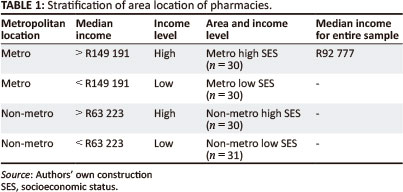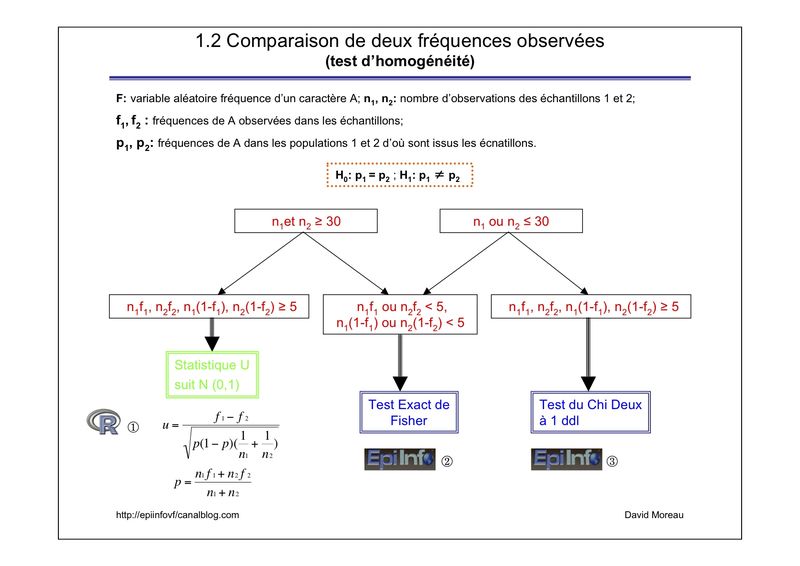


The odds ratio for each table is 1.0, and the Mantel summary odds ratio is 1.0. Stratifying the data by smoking status creates two tables, one for smokers, and one for nonsmokers. Smoking is known to be associated with MI and alcohol consumption. The following case-control study indicates an apparent association between alcohol consumption and MI with an odds ratio of 2.26. Relationship Between Alcohol Consumption and Myocardial Infarction (MI): Confounding Due to Smoking Hypothetical Data from Schlesselman, p.

The odds ratio of 1.02 and the confidence limits that include 1.0 fail to provide evidence of any association between sweetener use and bladder cancer (cited by Schlesselman, p.

For the results to be valid, the outcomes in each record must be independent of those in other records.The odds ratio would, however, be an indicator of the degree of association between illness and the consumption of a particular food. Thus, in a foodborne outbreak, selecting cases and controls from those who ate at a particular restaurant in a given week, the odds ratio could not be used to approximate relative risk if half of the individuals became ill. Fewer than one case in 20 individuals might be taken as a starting point. In case-control studies, the odds ratio may be used as an approximation of the relative risk if the disease is rare in the general population from which cases and controls are selected. In cohort studies, the relative risk may be calculated from the results.A cross-sectional study starts with neither illness nor exposure determined, and ascertains both during the study. In a cohort study, the exposed and unexposed are selected and the number of ill in each group is subsequently ascertained. A case-control study is one in which the ill and well individuals are selected and the number of exposed and unexposed is subsequently ascertained.The values in the cells must be counts representing the number of records meeting the specifications in the marginal and stratum labels.Both single and stratified 2-by-2 tables can be analyzed to produce odds ratios and risk ratios (relative risks) with confidence limits, several types of chi square tests, Fisher exact tests, Mantel-Haenszel summary odds ratios and chi squares, and associated p values Assumptions These tables are similar to those produced in Classic Analysis. How to: Analysis of Single and Stratified Tables


 0 kommentar(er)
0 kommentar(er)
